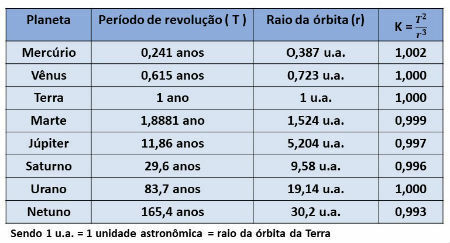Galaxies are formed by groupings of various celestial bodies, mainly planets, stars, cosmic dust and other astronomical elements that lie in a common center. The force of gravity is primarily responsible for uniting the components of a given galaxy.
The study of galaxies is very old, and many theories were based on mythologies. However, technological development has enabled greater precision in the analysis and characterization of the topic in question, as the difficulty of identification of a galaxy is very large – only three galaxies are visible from Earth to the naked eye (Small and Large Magellanic Clouds and Andromeda).
The Sloan Digital Sky Survery project, for example, provided the cataloging of approximately 1 million galaxies, however, it is estimated that there are about 100 billion of them in the universe. Another important contribution of the technological apparatus was the classification of galaxies according to their morphology. Therefore, four types were determined:
Do not stop now... There's more after the advertising ;)
Spiral galaxies - have extensive arms of stars and cosmic dust clouds.
Spiral Bar Galaxies – have star arms and a less developed central core compared to spiral galaxies.
Elliptical galaxies - are formed by a large group of stars and little cosmic dust.
Irregular galaxies – receive this name because they do not have a defined shape.
An example of a spiral galaxy is the Milky Way, which houses the Solar System. This galaxy, included in the Local Group, is formed by approximately 200 billion stars, about 2 trillion solar masses and diameter of 100,000 light-years, that is, a light ray with a speed of 300,000 Km/s would take 100,000 years to cross this galaxy.
By Wagner de Cerqueira and Francisco
Graduated in Geography
Brazil School Team
Curiosities - geography - Brazil School
Would you like to reference this text in a school or academic work? Look:
FRANCISCO, Wagner de Cerqueira and. "Galaxy"; Brazil School. Available in: https://brasilescola.uol.com.br/geografia/galaxia.htm. Accessed on June 27, 2021.


